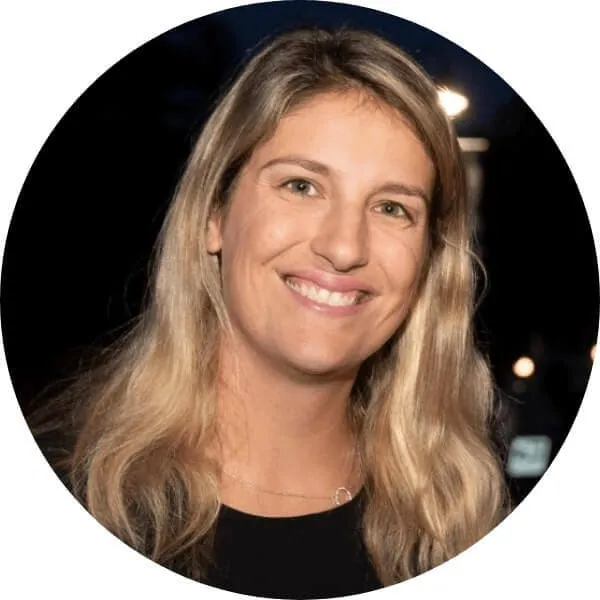Streamline Content Creation & Distribution with Letterdrop AI
Parthi Loganathan, CEO, demonstrates how Letterdrop AI helps teams understand exactly which content is helping drive revenue for their business.

.webp)


Parthi Loganathan, CEO, demonstrates how Letterdrop AI helps teams understand exactly which content is helping drive revenue for their business.

You can't have a good GTM motion without a healthy, high-performing GTM team. In this episode of GTM AI, Neha Monga, Vice President of Products at Lattice, shows us how their AI functionality helps people managers summarize engagement surveys, write performance reviews, and predict attrition risks
Stay up to date with weekly drops of fresh B2B marketing and sales content.
Parthi Loganathan, CEO, demonstrates how Letterdrop AI helps teams understand exactly which content is helping drive revenue for their business.

.webp)
Stay up to date with weekly drops of fresh B2B marketing and sales content.
Parthi Loganathan, CEO, demonstrates how Letterdrop AI helps teams understand exactly which content is helping drive revenue for their business.

.webp)
Stay up to date with weekly drops of fresh B2B marketing and sales content.
Parthi Loganathan, CEO, demonstrates how Letterdrop AI helps teams understand exactly which content is helping drive revenue for their business.
.webp)


Discover how we can help you convert more prospects into pipeline–right from your website.